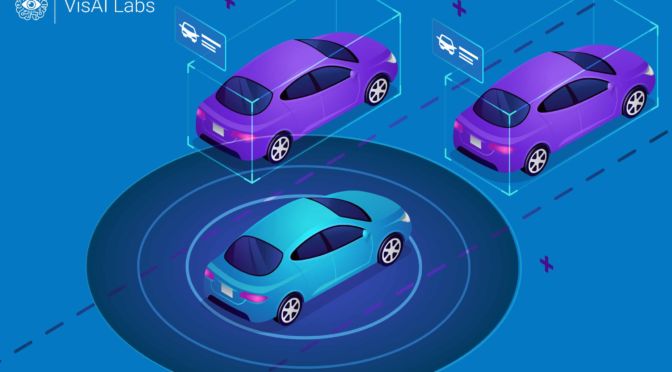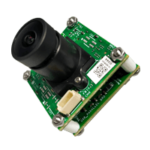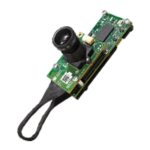License Plate Recognition is an image-processing technique that uses license plates to recognize vehicles. This technology is used in a variety of traffic and security applications. The license plate recognition incorporates capturing the real-time image and video of the license plate, processed by a sequence of algorithms that can provide an alphanumeric conversion of the captured license plate images into a text entry. In this podcast, we discuss how we can choose an embedded camera for license plate recognition.
3 questions this podcast will answer:
01
How to solve the problem of shutter artifacts in License Plate Recognition?02
How to handle bleaching and fast capture problems in LPR?03
Which embedded camera VisAI Labs uses to solve LPR-based problems?Relevant links:
Podcast Transcript:
Hi, this is Alphonse, and in today’s edition of unravelling computer vision and Edge AI for the real world, I will be talking about how to choose the right embedded camera for license plate recognition.
Delving right into the topic, the first major problem you will need to address while choosing the embedded camera for license plate recognition is shutter artifacts.
Cameras used in law enforcement purposes generally need capturing of images without any distortion or skew in the image. the plane has to be visible without any distortion so that most of the time, it is this image that will be produced as evidence in code.
Here a typical rolling shutter camera can produce artefacts in the image, and this makes the characters in the number plate non-recognizable. You need to use a global shutter sensor as it can produce images of racing vehicles without any distortion since it did not expose row by row like a typical uh rolling shutter.
Instead, it would expose the entire image sensor at the same time, enabling it to freeze a fast-moving scene. My team at VisAI labs, we normally use the C3_CAM_20 _CUG, which is a 2-megapixel global shutter monochrome USB embedded camera, to solve this issue.
The next major problem you need to look at is to solve the problem of fast capture for license plate recognition. Capturing a fast-moving vehicle does not just end with choosing the global shutter camera.
Each image must be exposed to for a very less amount of time to capture the fast-moving vehicle; this means that the image sensor must not only be able to capture in low light, it should have be able to capture with minimum light hitting on the sensor for a minimum amount of time.
An image sensor with high sensitivity in visible and NIR regions here becomes a basic requirement c3_cam_20_CUG has helped us solve this issue as well.
The third critical factor in capturing license plates is making sure that the heavy headlight does not bleach the image and make the license plate less recognizable.
Better dynamic range sensors can bring about the license plate suitable for OCR without being overexposed by the neighbouring headlight, this in a nutshell, is some of the major problems which we will face in LPR and how choosing the right image sensor can help you build a practical, real-world solution around the same.
So, in summary, you need to choose an embedded camera that can manage fast capture, shutter artefacts, and image bleaching.
We at VisAI labs, along with our partner from econ systems, have helped more than 300 companies choose the right camera to be incorporated into their products, and we will be very happy to help you as well.
This is Alphonse signing off from yet another edition of unravelling computer vision and Edge AI for the real world looking forward to see you in yet another vlog ciao!





